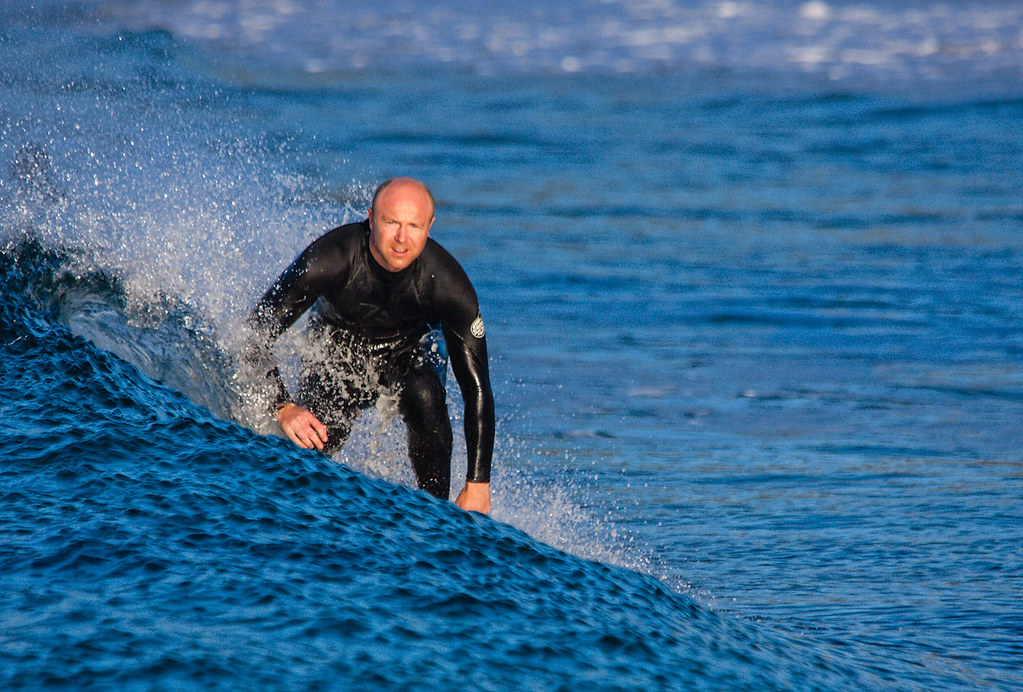The 1/focal length thing is old hat and best ignored, it comes from a time of film and now most modern digital cameras out-resolve what film was able to do, hence modern digitals' higher resolution "magnifies" camera movement and the 1/over just isn't reliable enough; you're better off using at least 1/2xfocal length hence a 500mm lens would need at least 1/1000th sec to stand a good chance of being sharp. Monopods help a lot too in reducing your camera shake but your subject may be moving too fast for a slower shutter speed - this is why VR/IS is pretty pointless much of the time too as although it helps you be more stable it does nothing for the subjects' movement
huffy is spot on - a noisy image that's sharp is far better than a noise-free blurred one
I was having this exact conversation a few months ago when I came across an article written by Andy Rouse (one of the UK's top wildlife chaps) where he clearly stated that (even in Kenya on a sunny day) he shoots at 2000 ISO as a MINIMUM - why - because (I paraphrase)
I'd rather have a bit of noise in a sharp image than a cleaner blurred one
I don't know what camera the OP has but there aren't many that can't return an acceptable amount of noise at 1000 ISO these days, especially with such good NR software in such as Lightroom; so I'd take that as a starting point and if your camera is good at higher ISO then shoot at it, you really need to get the shutter speed UP with longer lenses especially

Dave


 Heron
Heron

 Canada Goose
Canada Goose Canada Goose
Canada Goose Mallard Duck
Mallard Duck IMG_8930
IMG_8930 MotoGP_2014_08_30_0590
MotoGP_2014_08_30_0590 Surfer
Surfer Butterfly
Butterfly Racing in spring
Racing in spring Mallard duck
Mallard duck